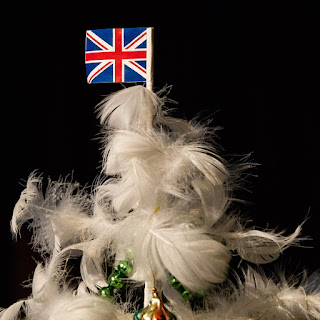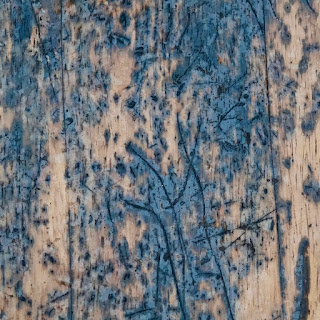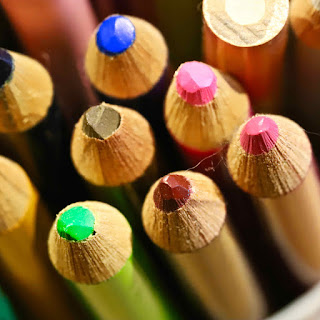Very sadly, the Pulitzer-Prize winning American poet, Mary Oliver, died recently (1935-2019). I give thanks for the many wonderful poems that she has left behind.
And here are excerpts from some of my favourite Mary Oliver poems, accompanied by photographs.
WE SHAKE WITH JOY
We shake with joy, we shake with grief.
What a time they have, these two
housed as they are in the same body.
IN BLACKWATER WOODS
...you must be able
to do three things:
to love what is mortal;
to hold it
against your bones knowing
your own life depends on it;
and, when the time comes to let it go,
to let it go.
SINGAPORE
...If the world were only pain and logic, who would want it?
FIVE A.M. IN THE PINEWOODS
...I was thinking:
so this is how you swim inward,
so this is how you flow outward,
so this is how you pray.
WILD GEESE
You do not have to be good.
You do not have to walk on your knees
for a hundred miles through the desert repenting.
You only have to let the soft animal of your body
love what it loves.
Tell me about despair, yours, and I will tell you mine.
Meanwhile the world goes on.
Meanwhile the sun and the clear pebbles of the rain
are moving across the landscapes,
over the prairies and the deep trees,
the mountains and the rivers.
Meanwhile the wild geese, high in the clean blue air,
are heading home again.
Whoever you are, no matter how lonely,
the world offers itself to your imagination,
calls to you like the wild geese, harsh and exciting –
over and over announcing your place
in the family of things.
THE SUMMER DAY
...Tell me, what is your plan to do
with your one wild and precious life?
Thank you, Mary Oliver. Rest in peace.
All poems taken from Devotions/The Selected Poems of Mary Oliver.
(Penguin Press, 2017)













































